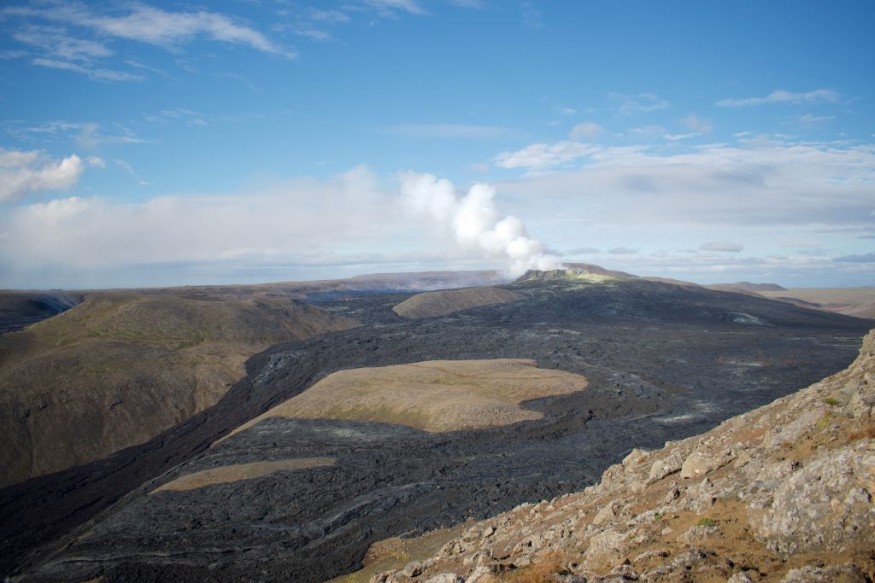
Rain and volcanic rocks strewn across farmlands are the way of the future for carbon collection, which also helps the soil during droughts.
Crushed Volcanic Rock, Farmlands, and Rain
Crushed volcanic rock used on crops may be essential in reducing carbon from the atmosphere. Researchers from Cornell University and the University of California, Davis discovered that the system preserved carbon in the soil even during a severe drought in California.
As it drops, rain picks up carbon dioxide from the atmosphere and combines with volcanic rock to lock it up. It can take millions of years to complete the process, known as rock weathering, which is too long to stop global warming. boulder weathering, however, quickens when the boulder is crushed into fine dust. According to earlier research, if croplands around the world were subjected to this "enhanced" rock weathering, they might store 215 billion tons of carbon dioxide over the following 75 years.
However, the technology hasn't yet been tried out in dry environments.
These processes need water, according to the study's primary author Iris Holzer, a PhD student in soils and biogeochemistry at the University of California, Davis. They need to know if increased weathering can function in these drier regions and whether various measuring techniques are reliable since they are interested in the potential of enhanced weathering to store carbon globally. They were eager to see how this environment handled carbon removal.
Sacramento, California: The Perfect Setting
On 5 acres of fallowed cornfield in the Sacramento Valley, researchers spread crushed rock, including both metabasalt and olivine. The measurements were taken in the winter of 2020-2021. At the time, California was suffering from an acute drought, with rainfall being 41% below average.
According to the study, areas with crushed rock stored 0.15 tons more carbon dioxide per hectare (2.47 acres) than plots without rock during the study. Although scientists anticipate various weathering rates in various locations, removing this much carbon from all agriculture in California would be the same as removing 350,000 automobiles from the road each year.
According to Holzer, there is unmistakable proof that weathering processes are occurring quickly.
It may be possible for greater rock weathering and the removal of carbon dioxide to be driven by the infrequent, strong rains seen in the West.
Also Read : Tree Planting for Carbon Offsets Might Actually Cause Environmental Disaster, Oxford Study Warns
The next hurdle, according to Holzer, is quantifying and confirming the carbon storage at greater scales and tracking it over time.
On Earth, drylands cover 41% of the planet's geographical area, and they are growing as a result of climate change. According to researchers, this makes it more crucial than ever to study improved rock weathering in drylands.
According to lead author Benjamin Z. Houlton, the Ronald P. Lynch Dean of Cornell University's College of Agriculture and Life Sciences, they are in a race against time to bend the global carbon curve. Their research provides an important step forward for scaling up this technique in croplands around the world by demonstrating a new way to validate carbon dioxide elimination through increased weathering.
© 2025 NatureWorldNews.com All rights reserved. Do not reproduce without permission.





